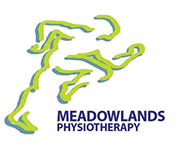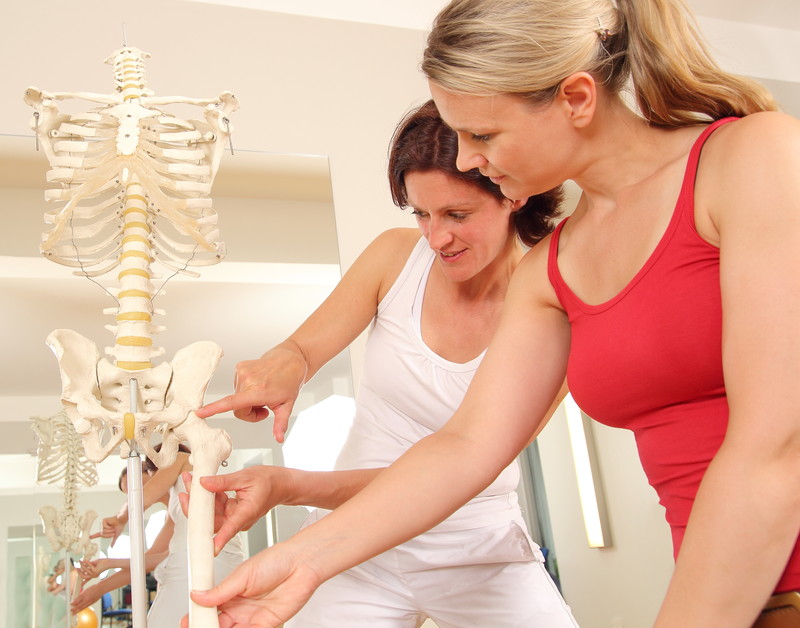October 20th is World Osteoporosis Day!
Osteoporosis and Fracture Prevention
Osteoporosis is a bone disease that increases the risk of fractures and breaks in your bones, even from minor pressure or falls. The disease is most common in older women. In fact, one in every two women over the age of 50 will break a bone due to osteoporosis, and the risk increases slightly for women of Asian descent. However, the disease can affect anyone, of any race, gender or age.
How Osteoporosis Happens
Healthy bones all have holes in them. If you looked at your bones under a microscope they would look like honey combs, with small holes scattered throughout. Every day, old bone cells die and leave the bone, while new cells form, maintaining about the same number of holes in the bone overall.
Unfortunately, those with osteoporosis don’t create new bone cells as fast as they need to. Over time, the natural holes in the bone grow larger, and begin to risk the overall integrity of the bone. As a result bones become too thin and more liable to fracture or break.
Symptoms of Osteoporosis
Too often, osteoporosis is only discovered after it has become very serious or has caused an unusual break. Keep your eye out for these symptoms:
- Receding gums
- Brittle or weak nails
- Poor grip strength
- Loss of height over time
- Stooped, bent over posture
- Back pain, potentially from a fracture or vertebrae collapse.
It may also be a symptom of osteoporosis if you suffer a bone fracture or break in an unusual area, like the spine, hip, pelvis, shoulder or wrist. Even a break in a more common area, like leg or arm, could indicate osteoporosis if it occurred from an unusually small amount of pressure.
If you think you may have osteoporosis you should first speak to your doctor. He or she will administer a bone density test. During this test they may instead discover that you have osteopoenia, which is when you have more holes in your bone than is healthy, but not so many that you have osteoporosis.
Preventing Fractures
Whether you have osteoporosis or osteopoenia, you’ll want to start preventing fractures now. There are a few things you can do to correct the issues that cause osteoporosis and strengthen your bones.
- Diet: Your body may not have enough calcium, protein, or other nutrients to make bone cells as fast as it needs to. There are bone healthy diets you can start to ensure your body has the material it needs.
- Exercise: Just like muscles, your bones get stronger in response to being used. If you don’t exercise enough, your bones may lose density. It’s important to do impact exercises because low-impact activities like swimming and cycling don’t put enough pressure on your bones.
- Medications: Several medications can reduce your bone density, including those for seizures, depression, gastric reflux and cancer. Your doctor may have other medications you can try.
- Lifestyle: Drinking more than two alcoholic beverages per day, or smoking tobacco raises your risk of osteoporosis.
- Genetics: Some people are genetically predisposed to have reduced bone density. If someone in your family has osteoporosis, you’re at greater risk of developing it. Unfortunately, you can’t change your genes.
To learn more about osteoporosis and the steps you can take to reduce your chance of fractures, join Meadowland’s OsteoCircuit course or talk to one of our registered physiotherapists.

